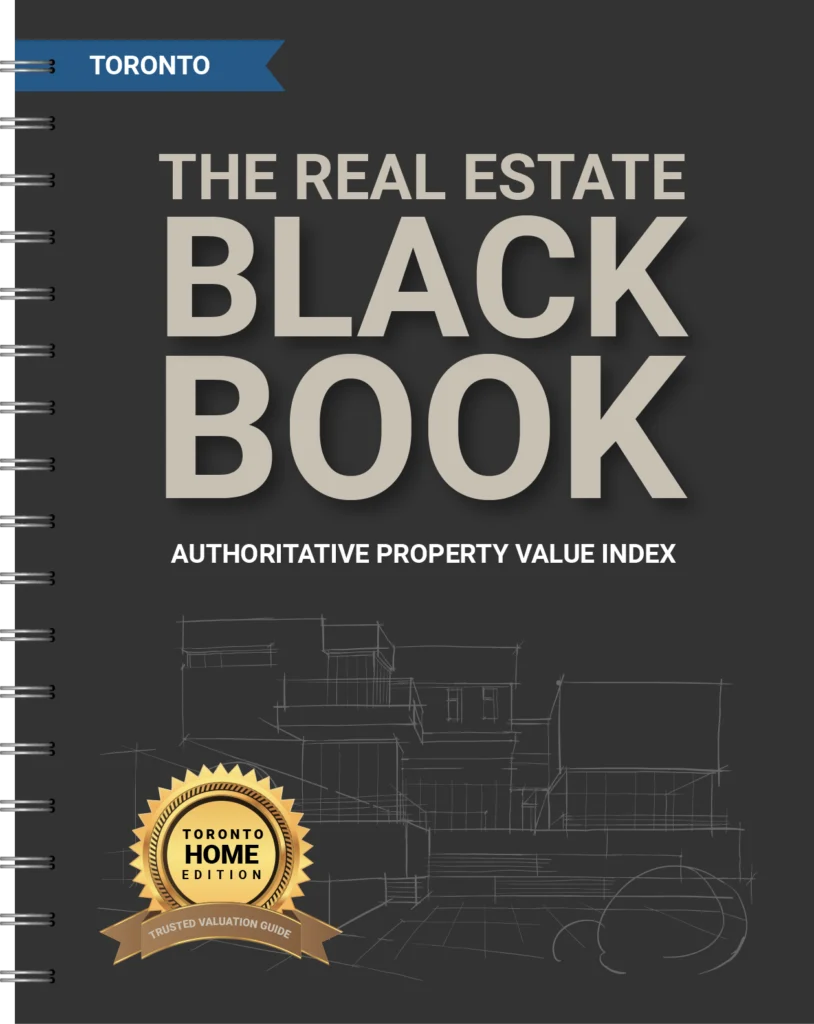Toronto’s Zoning Landscape and Its Influence on Growth
Toronto’s zoning laws are a critical tool in managing the city’s growth. By defining what types of buildings can be constructed in various neighbourhoods, zoning ensures that urban expansion remains controlled. However, these restrictions also limit development, especially in areas dominated by single-family homes, leading to a shortage in housing supply.
Key Points:
- Single-Family Home Zones: These areas restrict higher-density developments, making it harder to meet housing demands.
- Controlled Expansion: Zoning helps manage infrastructure capacity while guiding urban growth.
Reforms in Zoning and Development: Upzoning and New Opportunities
One of the recent changes to zoning is the introduction of upzoning. This allows for more units to be built on land that was previously reserved for single-family homes. By permitting the construction of multiplexes, the city hopes to alleviate some of the housing shortages.
Recent Reforms:
- Upzoning: Permits developers to build multiplexes on previously restricted lots.
- Impact on Land Prices: Increased development opportunities can lead to higher property values, which may affect affordability.
Inclusionary Zoning and Development: Its Role in Affordable Housing
Inclusionary zoning policies are designed to increase the availability of affordable housing in Toronto. Developers are now required to set aside a percentage of units in new developments for affordable housing, particularly in areas close to major transit hubs.
Key Elements of Inclusionary Zoning:
- Targeted Areas: Focuses on developments near transit hubs to create mixed-income communities.
- Affordable Housing Mandates: Ensures a portion of new developments remains affordable for lower-income residents.
While this policy aims to increase affordable housing, developers face challenges in balancing these requirements with the overall cost of development.
Challenges for Developers Navigating Toronto’s Zoning and Development Laws
Developers in Toronto face a variety of challenges when working within the city’s zoning framework. Rezoning applications are often expensive and time-consuming, adding layers of complexity to the development process. In addition, development charges (DCs) are significant upfront costs that can impact the feasibility of new projects.
Challenges Include:
- Rezoning Applications: Lengthy and costly processes for developers.
- Development Charges: Fees that help fund infrastructure but increase the financial burden on builders.
These obstacles can slow down the approval of new housing projects, limiting the city’s ability to meet demand.
The Impact on Housing Affordability
Zoning reforms, such as upzoning and inclusionary zoning, are intended to address housing shortages and improve affordability. However, the effectiveness of these reforms is mixed. While they increase the potential for more housing, higher land values and development costs can offset the benefits, making it harder for lower-income families to buy homes.
Factors Affecting Affordability:
- Rising Land Values: Upzoning increases land prices, affecting affordability.
- Developer Costs: Rezoning and development charges are often passed onto buyers, raising home prices.
Opportunities for Future Development in Toronto
Despite these challenges, Toronto’s zoning reforms create significant opportunities for developers, particularly in high-demand areas near transit hubs. By focusing on projects that align with the city’s goals for increased density and affordability, developers can find new ways to contribute to the housing supply.
Key Development Opportunities:
- Transit-Oriented Development: Higher-density projects near major transit areas present new possibilities.
- Affordable Housing Projects: Zoning policies encouraging affordable housing create incentives for developers.
Conclusion
Zoning and development laws in Toronto are critical in shaping the future of real estate development. While the city’s reforms aim to address housing shortages, developers must navigate a complex regulatory environment. Those who successfully adapt to these changes can take advantage of new opportunities while contributing to the city’s housing goals.



